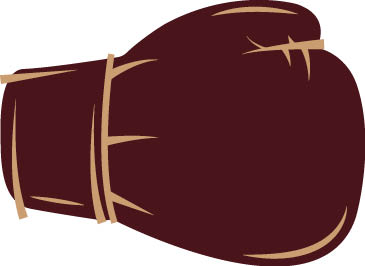This case is of a 75-year-old man with a longstanding history of pseudoexfoliation. Vision at presentation was 20/70 best corrected, and mild phacodynesis was noted on the slit-lamp exam. The patient’s pupils did not dilate beyond 4 mm.
On the day of surgery, I was expecting the worst. I planned on using Omidria (phenylephrine and ketorolac injection; Omeros) to help dilate the pupil, but I also had capsular support hooks, pupil expanders, and a vitrector on standby as well as several different IOLs for bag, sulcus, or suture fixation. Pharmacologic dilation did not expand the pupils beyond 4 mm, so a 6.25-mm Malyugin Ring 2.0 (MicroSurgical Technology) was required to facilitate exposure of the anterior capsule. With the help of the ring, visualization of the anterior capsule was adequate to proceed with surgery.

TIP
When performing cataract surgery in the setting of pseudoexfoliation, be sure to have a variety of tools on standby.
My hope was to make as large of a capsulorhexis as I could to facilitate removal of the lens and minimize stress on the zonular fibers. With the very first puncture of the anterior lens capsule, the phacodynesis became very apparent and limited the ability to make a large rhexis. I performed aggressive hydrodissection to try and facilitate lens rotation and, shortly after beginning phaco, placed capsular support hooks (second-generation capsular hooks by MicroSurgical Technology). The extraocular portion of the capsular retractors were cut in order to prevent them from hitting the eyelid or lid speculum with movement of the eye during surgery.
With extreme care, the lens was successfully removed using phacoemulsification and careful bimanual irrigation and aspiration. The anterior and posterior capsules were intact at the end of the case, but the capsular bag had essentially no zonular support left, and I did not think that a traditional capsular tension ring would be of any help. The capsular support hooks were removed, and a three-piece acrylic IOL was placed in the sulcus. I did not trust the lens to stay in place and, after removing the Malyugin Ring, sutured the IOL to the iris using a 10-0 polyprolene suture.
To prevent fibrosis and dislocation of the capsular bag, I performed a pars plana anterior vitrectomy, removing the majority of the capsular bag as it was not needed for IOL support. Infusion was maintained using the bimanual irrigator, and vitrectomy was performed through a 23-gauge trocar 3 mm posterior to the limbus.
At the conclusion of the case, the IOL was stable and in good position, and all incision were watertight with no vitreous in the anterior chamber. The pupil was round, even with the iris sutures. After 3 weeks of healing, the patient regained 20/25 uncorrected vision and wants the other eye done ASAP.



